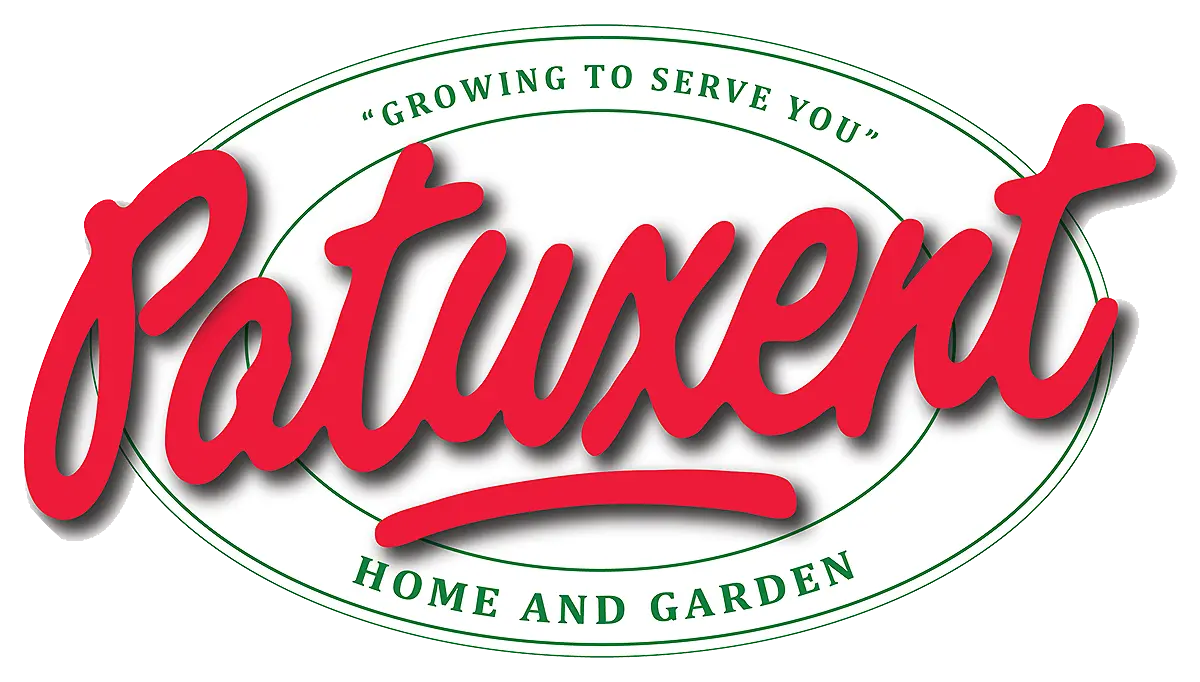
1. Make a Plan
Before you start your summer planting, it is a good idea to plan out what you are going to plant. This allows you to plan for spacing, growing conditions, and harvesting.
Picking vegetables to grow can be intimidating. If you are new to growing a vegetable garden, then you might want to choose plants that have simple growing conditions.
The top 10 easiest vegetables to grow are:
- Lettuce
- Green Beans
- Peas
- Radishes
- Carrots
- Cucumbers
- Kale
- Swiss Chard
- Beets
- Summer Squash

2. Set Up A Growing Area:
Start with a small area for the bed. A good manageable area to start is 10’ by 10’. Do not forget to leave yourself space in between rows to walk through for weeding and harvesting.
It is important to consider lighting, soil, and wind conditions. Pick an area that has plenty of sunlight. Most vegetables thrive in areas that have direct sunlight for 6-8 hours a day. The soil should drain well and be nutrient-rich. These conditions should yield healthy plants.
Building a fence or having wiring around your garden can greatly benefit the well-being of your crops. They will help block wind and animals from destroying your plants. If you choose to build a fence, then just make sure it does not block sunlight from your plants.

3. Planting:
Check the dates for planting each of your veggies. Do not plant all of your vegetables all at once, plant seeds when they can most successfully grow.
It is a good idea to stagger the times of planting identical veggies. This way you are not harvesting too much of the same thing all at once. This method elongates the harvesting period for your veggies.

4. Keeping Up Your Garden:
” use_theme_fonts=”yes”][vc_column_text]
It is important to pay attention to how you are watering your garden. It is best to use a gentle spray or mist so you don’t harm your plants. Harsh sprays can damage the plant and cause overwatering.
Do not let weeds damage all of your hard work. Make sure to keep up on weeding so that your veggies can get all of the nutrients they need.
Properly fertilizing your garden is also very important. Fertilizer provides nutrients to your veggies to help them grow.

5. Harvest Your Veggies:
=
The work does not stop once your summer vegetables are harvested. It is also important to properly store your harvested veggies so that they do not spoil!
Different vegetables require different storage conditions, so do not assume all storage conditions are the same. Only store high-quality produce. Bruises, nicks, and rotting produce can spread disease and ruin your entire fall harvest.
Visit Patuxent Nursery
Our nursery has a large selection of different vegetables and seeds to grow in your garden. The end of summer is the perfect time to start planting some of your favorite vegetables! August is the best month to plant leafy greens, radishes, turnips, beets, and carrots. Plant your perfect summer garden!


Leave a Comment
You must be logged in to post a comment.